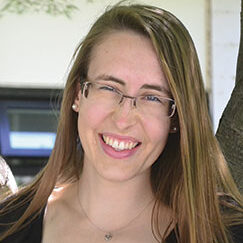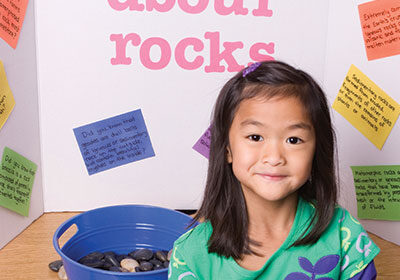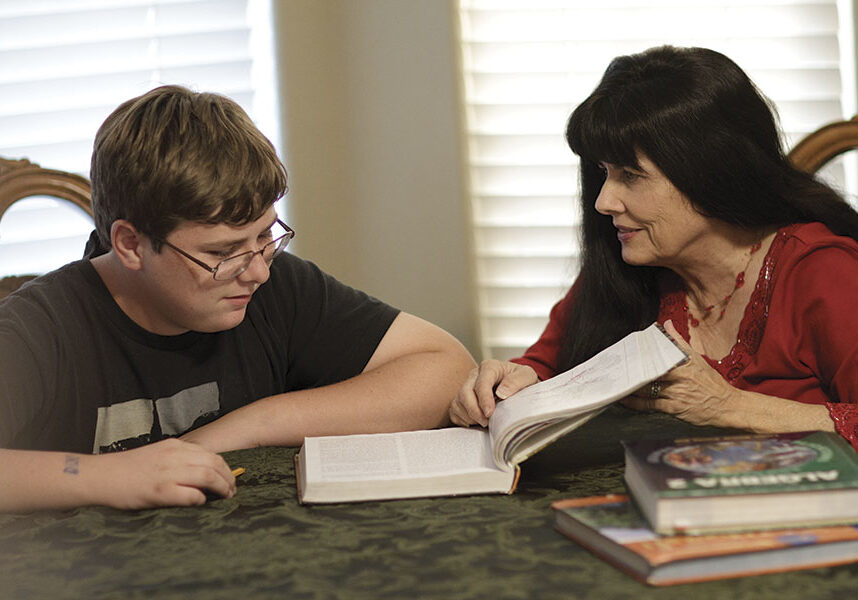Developed by Italian physician Maria Montessori, Montessori education promotes self-guided, hands-on learning. Sherwood Montessori Charter School in Chico and Shasta Elementary School in Old Shasta are two North State schools following the Montessori approach to learning, and met with North State Parent to discuss how this differs from traditional classroom learning.
Student-centered
“Montessori is centered on student input and independence,” says Shasta Elementary Principal Kim Miller. “They have a lot of freedom within limits. They have a say in what they feel would be beneficial for their learning, rather than just the adult’s idea.” Having a stake in when and how they meet academic requirements helps students maintain interest and focus.
Sherwood Principal Michelle Yezbick says, “We get to know the kids really well so we can maximize their experience and help them reach their potential.” Adam Mankoski, a primary-age teacher at Sherwood, says his main job is “constantly observing and tying the academics to what they’re interested in. I’m a guide to them; I’m not a teacher in the traditional sense. It’s about creating self-fulfilled people who make an impact because they understand who they are.”
Peer learning
Unlike traditional schools that advance students to a new classroom each year, Montessori schools have students spend three years in multi-age groups. Infant includes children under three years old, Primary is for ages 3-6, Lower Elementary includes 6-9-year-olds, and Upper Elementary is for ages 9-12. Students who would typically be in 7th and 8th grade remain together in a middle school class, and high school includes grades 9-12. As Michelle says, “A human’s first way of learning is to observe other humans.” Adam, who teaches primary students, describes 3- and 4-year-olds curiously watching their 5- and 6-year-old peers and thinking, “I want to do what they are doing. How do I master that?”
“When they come in as a first-year in a classroom, they’re learning more from their peers,” explains Kim. “By the time they are a third-year in their rooms, they have more opportunities to teach their peers and share what they’ve learned, which helps them go deeper and become leaders.”
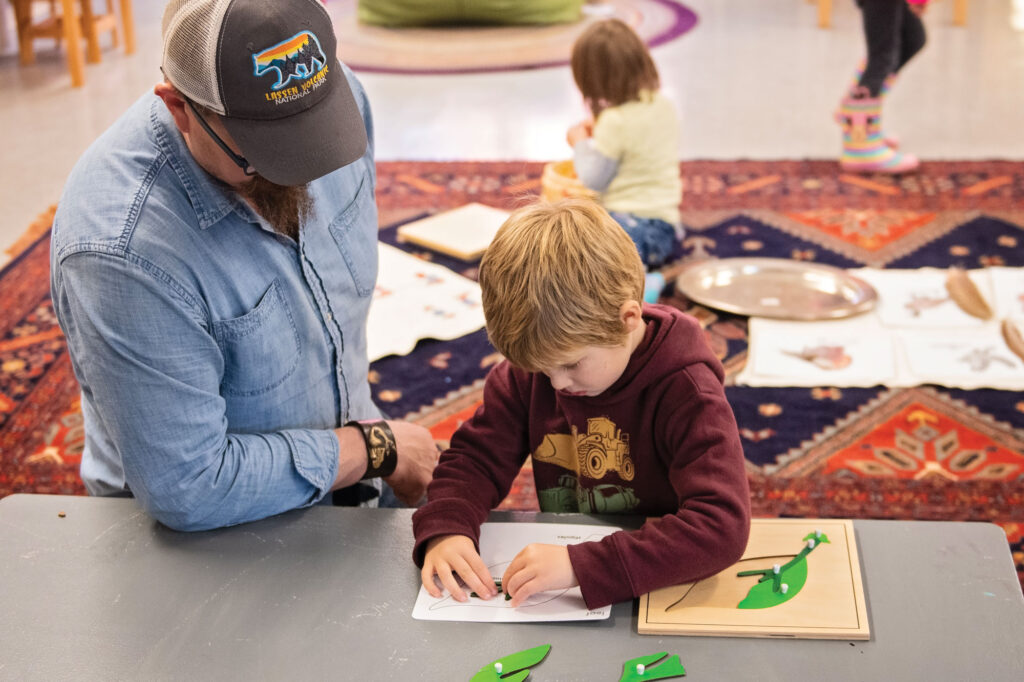

Montessori learning helps students grow individuality, while they build community.
Photo: Sherwood Montessori School by Amber Thompson.
Individual pacing
Multi-age groups also afford students more time to develop in areas of weakness without the stigma of falling behind. “Traditionally, the whole class learns something at one time,” Kim explains. “In a Montessori classroom, our lessons are often individual, or maybe two or three students based on what they’re interested in and ready for.” A student who struggles in language arts, for example, might not understand stereotypically grade-level concepts during the first year of lower elementary. “But by the end of that span they will have mastered it because they’re watching their peers do it and they’ve had three years to absorb the sequence of things that get them there,” Adam says.
Community perspective
“The main reason I love Montessori is that it’s an amazing balance of my kids growing as individuals and growing as a community,” says Brandy Thomas, mother of two Sherwood students. Brandy describes her children’s education as “building the human,” saying, “It emphasizes “autonomy within structure, which builds self-confidence, problem-solving skills, and self-awareness. At the same time, there’s a big emphasis on building community and helping each other. You’re not just an individual; you’re also part of a collective, and that matters.” Brandy loves hearing her 8-year-old son contemplating the plight of endangered species and her 5-year-old daughter singing songs about both diversity and the importance of finding community.
Motivation toward lifelong learning
“With Montessori education, students develop independence at an early age, which is manifested in time-management, self-discipline, growth mindset, leadership skills, intrinsic motivation, and lifelong learning,” says Kim. Adam agrees, saying, “We’re guiding students to be more intrinsically motivated, self-aware human beings. Maria Montessori used a term called ‘horme’ to describe that internal fire. We want kids to ultimately find their spot in the world and to start thinking about how they can change things in the world even when they’re as young as five.”
“Parents interested in Montessori,” says Michelle, “should definitely come and see it in action. Come do a tour and observe it, because it is really hard to describe. Come and see the miracles unfold!”
Posted in: Education
Comment Policy: All viewpoints are welcome, but comments should remain relevant. Personal attacks, profanity, and aggressive behavior are not allowed. No spam, advertising, or promoting of products/services. Please, only use your real name and limit the amount of links submitted in your comment.
You Might Also Like...

Explore Learning Styles To Enrich Your Child’s Life
School should be an adventure in learning, and so should life. But if you have not taken the time to observe how your child learns best, your child might be […]
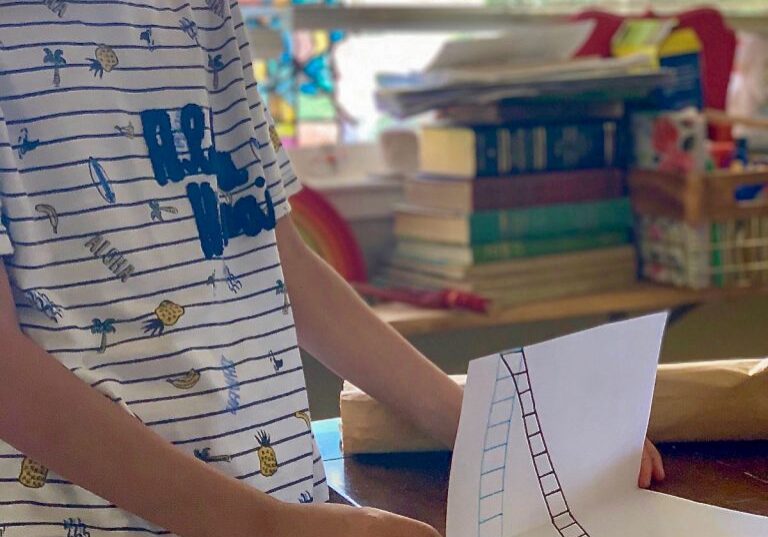
Five Things You Can Start Doing Today to Raise a Motivated Learner
One of the biggest frustration parents can face is getting their children motivated to learn. It can be difficult to get kids to embrace learning, whether it’s mastering multiplication, learning […]
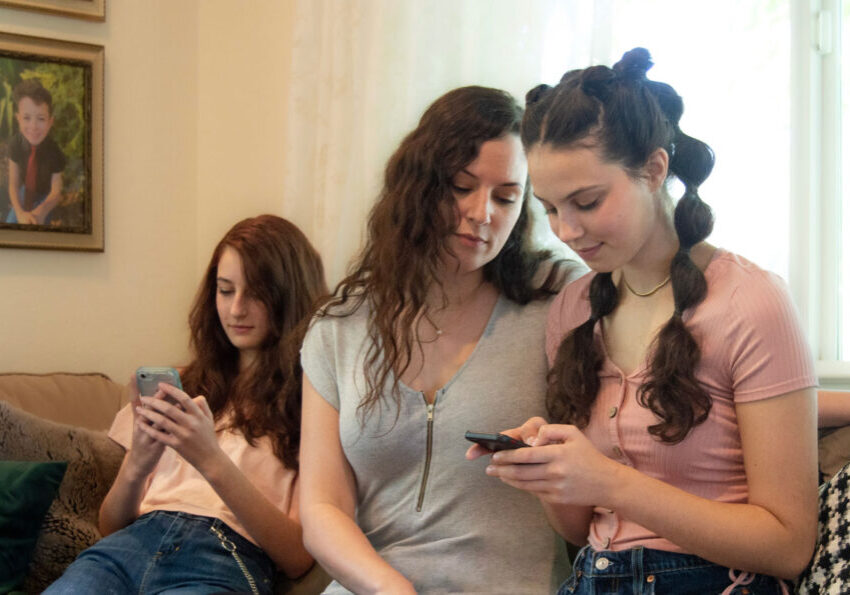
Staying Safe on Social Media – Eight Ways to Protect Your Kids
Like it or not, social media is an important part of our children’s lives. By the time they are teenagers, 95% of kids have used it and 45% admit to […]
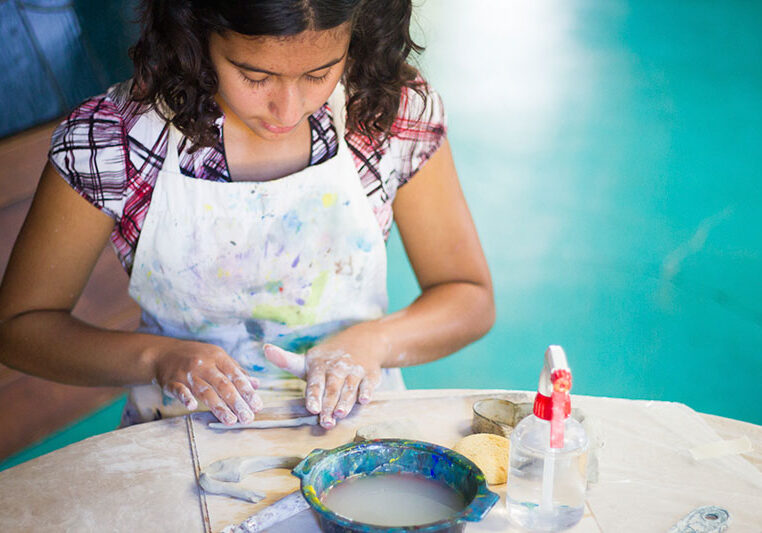
Two Schools In The North State Provide Students Unique Educational Opportunities
These days, parents have multiple options for choosing the best educational path for their children. In the past, choices for educating children were primarily public or religious schools. Alternatives now […]

